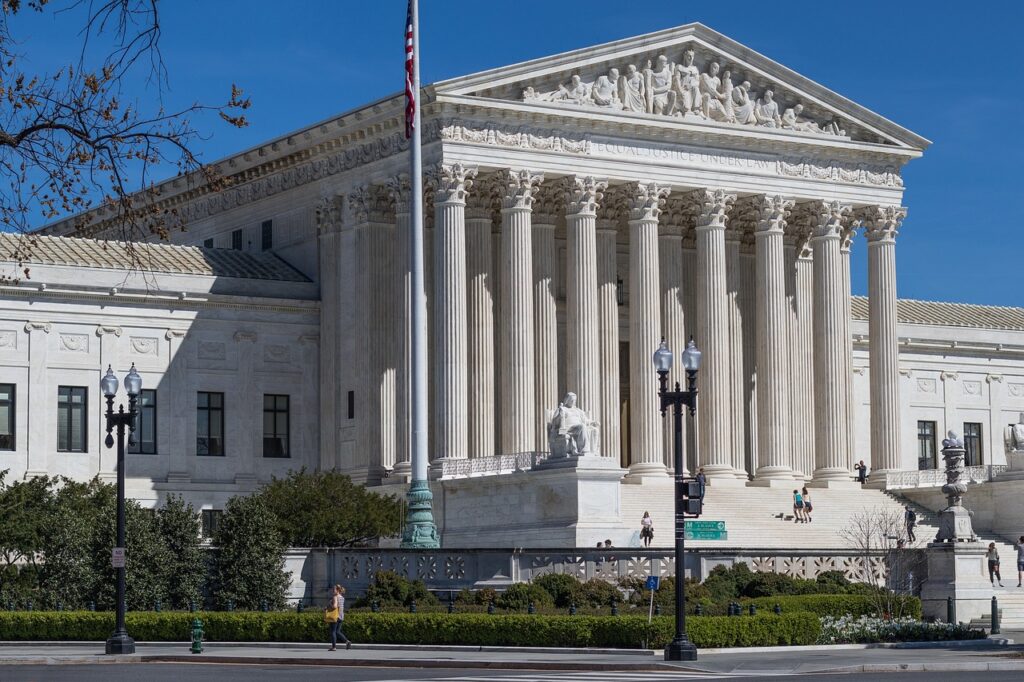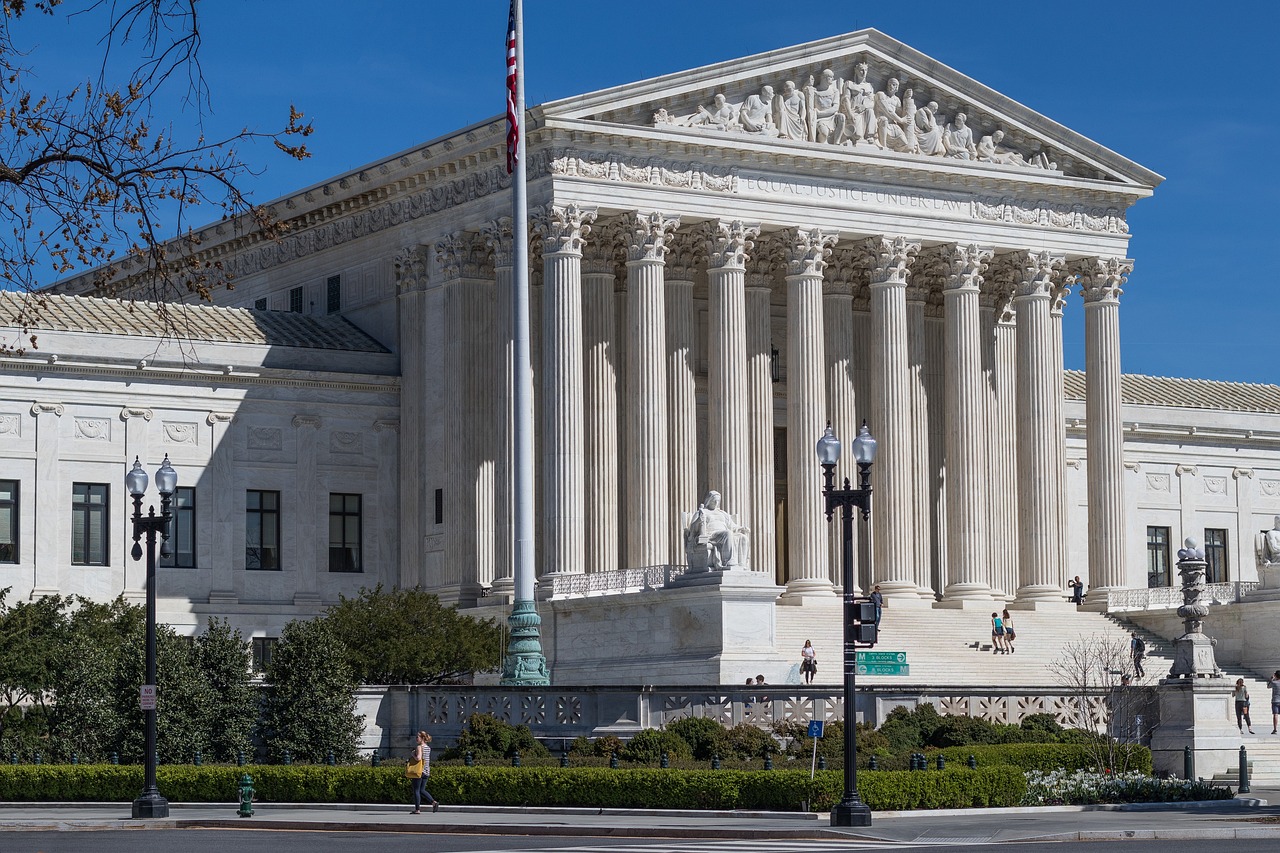Just over a year before Silicon Valley Bank’s collapse threatened a generation of technology startups and their backers, the Federal Reserve Bank of San Francisco appointed a more senior team of examiners to assess the firm. They started calling out problem after problem.
Q4 2022 hedge fund letters, conferences and more
 As the upgraded crew took over, it fired off a series of formal warnings to the bank’s leaders, pressing them to fix serious weaknesses in operations and technology, according to people with knowledge of the matter.
As the upgraded crew took over, it fired off a series of formal warnings to the bank’s leaders, pressing them to fix serious weaknesses in operations and technology, according to people with knowledge of the matter.
Then late last year they flagged a critical problem: The bank needed to improve how it tracked interest-rate risks, one of the people said, an issue at the heart of its abrupt downfall this month.
The Federal Reserve has promised to investigate how it supervised SVB Financial Group’s Silicon Valley Bank, now the second-biggest failure of a US lender in history. The relatively late discovery of so many flaws raises questions about whether the Fed was diligent in stepping up oversight as the firm was ballooning in size. On Friday, Santa Clara, California-based SVB Financial filed for Chapter 11 bankruptcy protection.
In a twist, the San Francisco Fed’s deputy point person in charge of monitoring the bank until late 2021 received a new assignment afterward, becoming the regulator’s point person on Silvergate Capital Corp., according to people with knowledge of the situation. Silvergate also shut this month because of similar flaws in its deposit base and the positioning of its balance sheet.
A representative for the Fed declined to comment. The people who described the regulator’s supervision asked not to be identified because the process is confidential.
SVB was a fraction of its recent size when the Trump administration and congressional Republicans led a bipartisan effort to roll back banking regulations in 2018, ending automatic annual stress testing for banks smaller than $250 billion in assets. The lender’s chief executive officer, Greg Becker, had lobbied for the bill, and as the measure took effect his company’s growth took off. By early last year, it held $220 billion in assets, up from $51 billion at the end of 2017.
Read the full article here by Hannah Levitt, Sridhar Natarajan, Saleha Mohsin, Advisor Perspectives.

